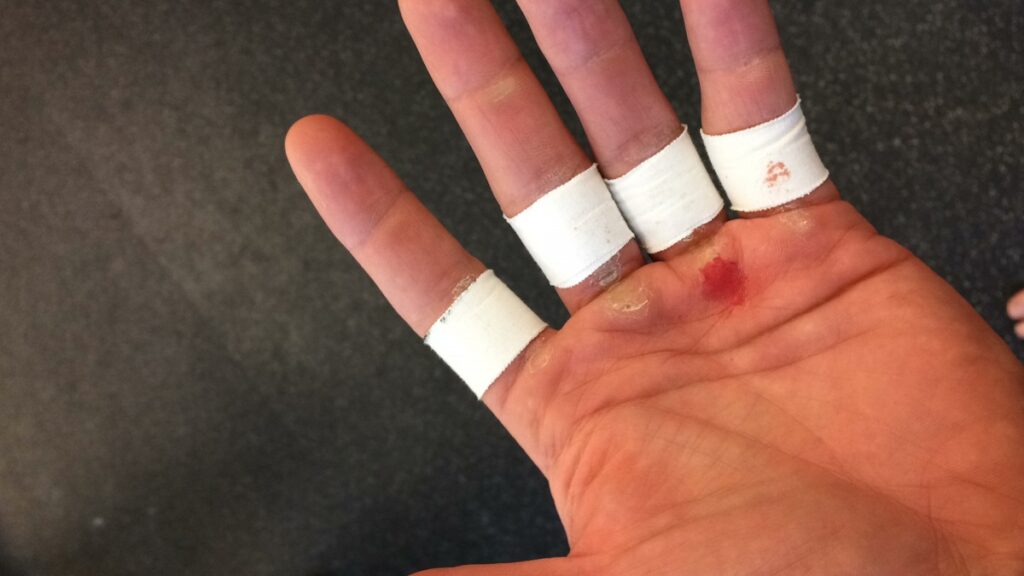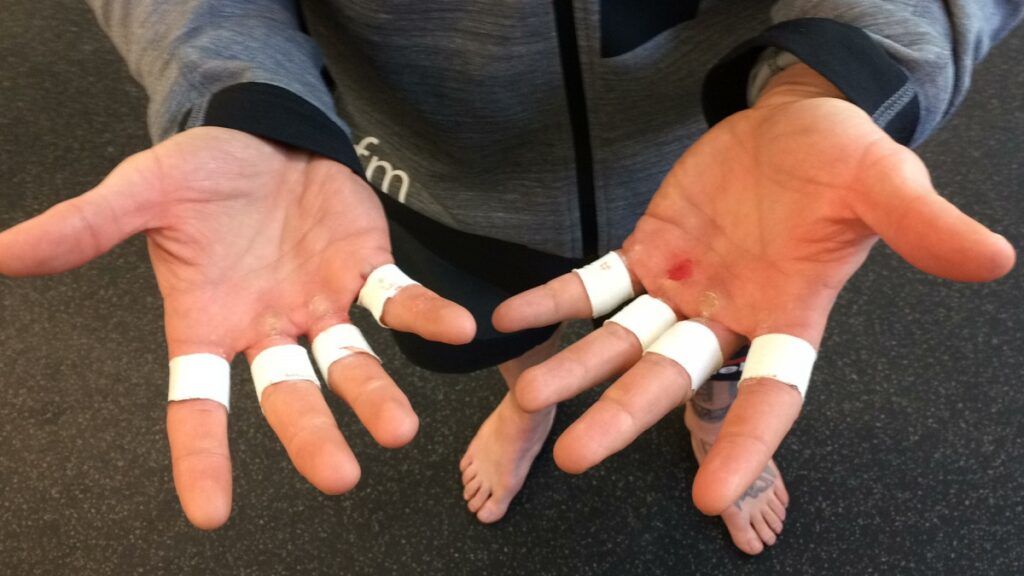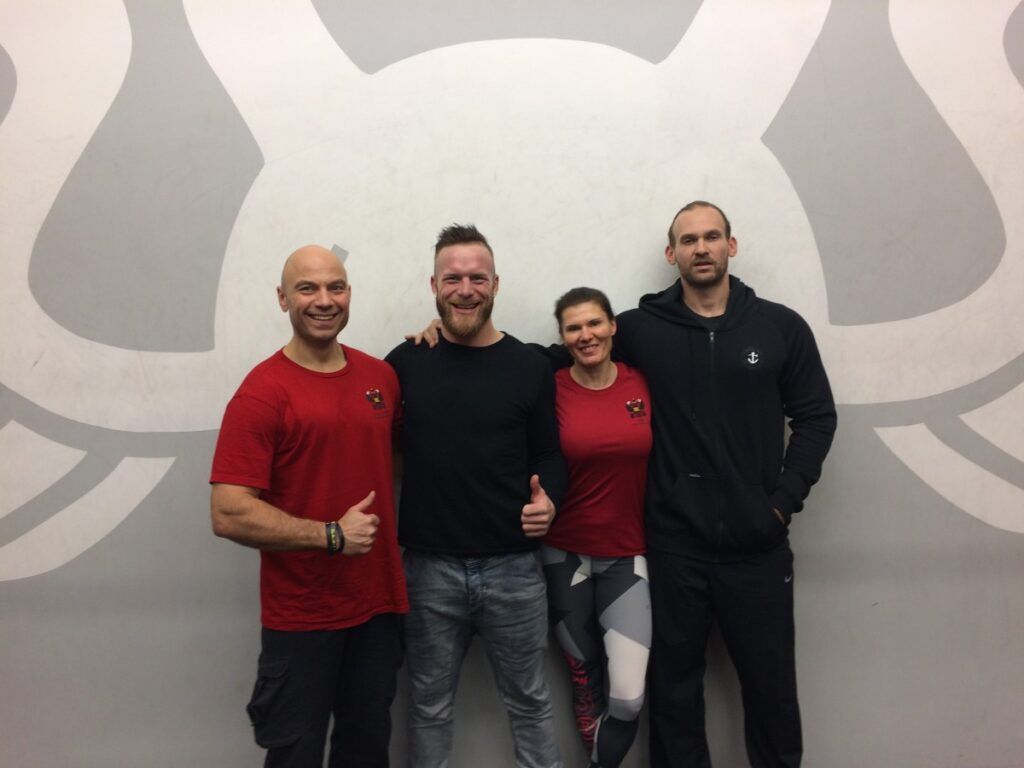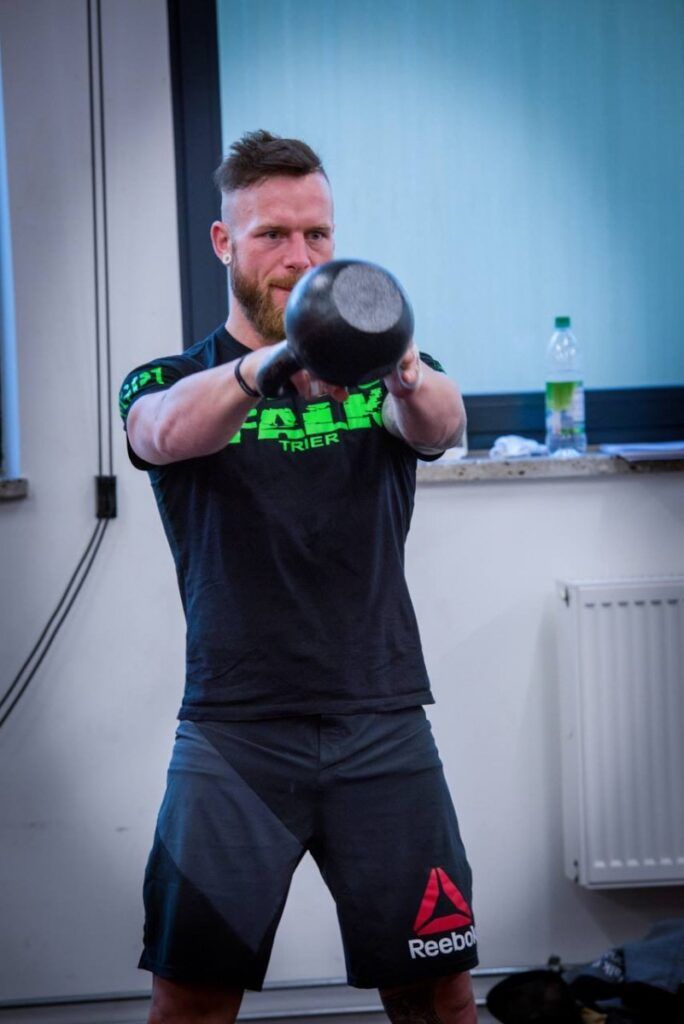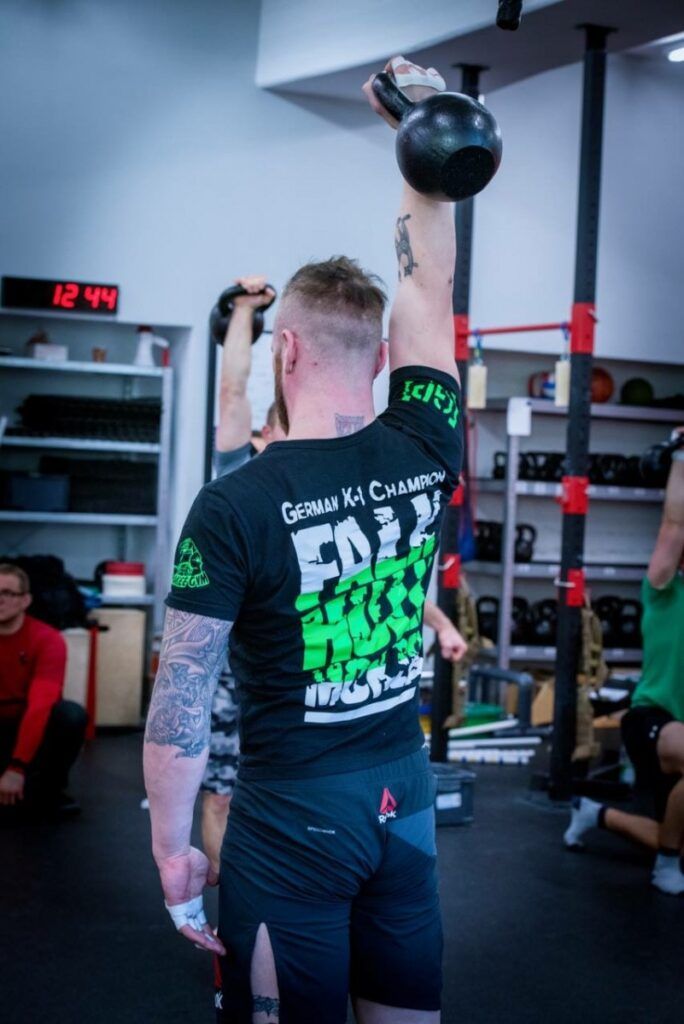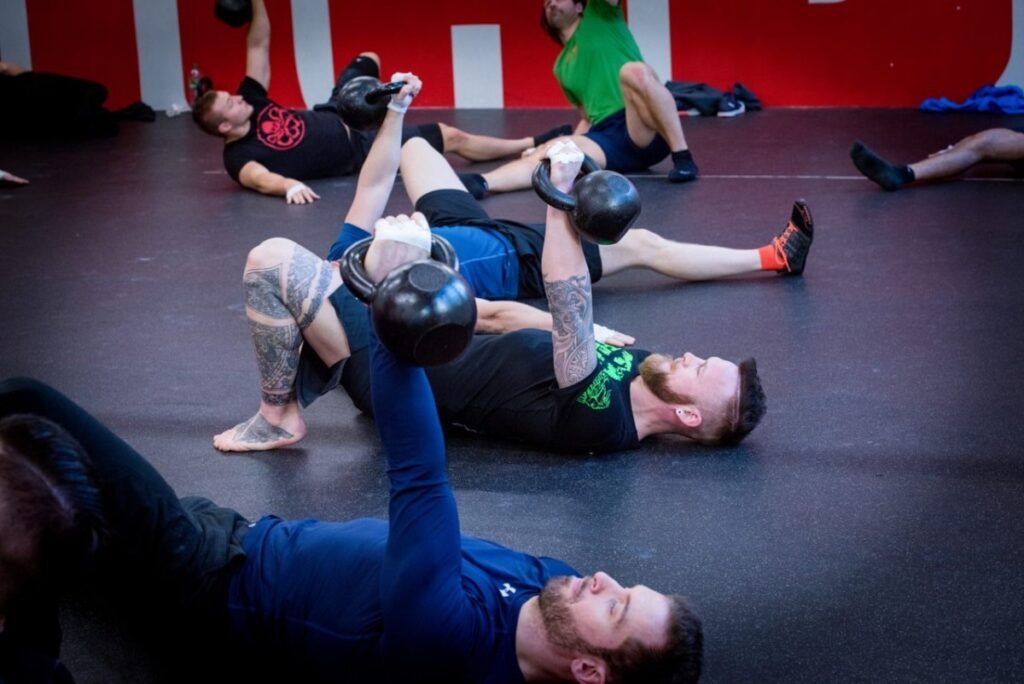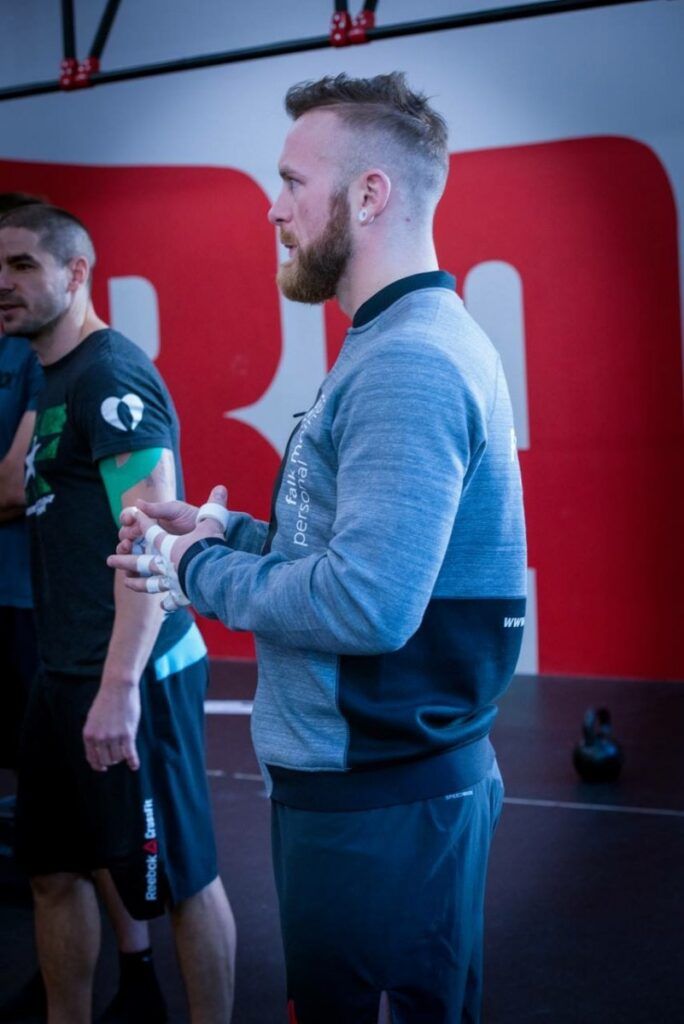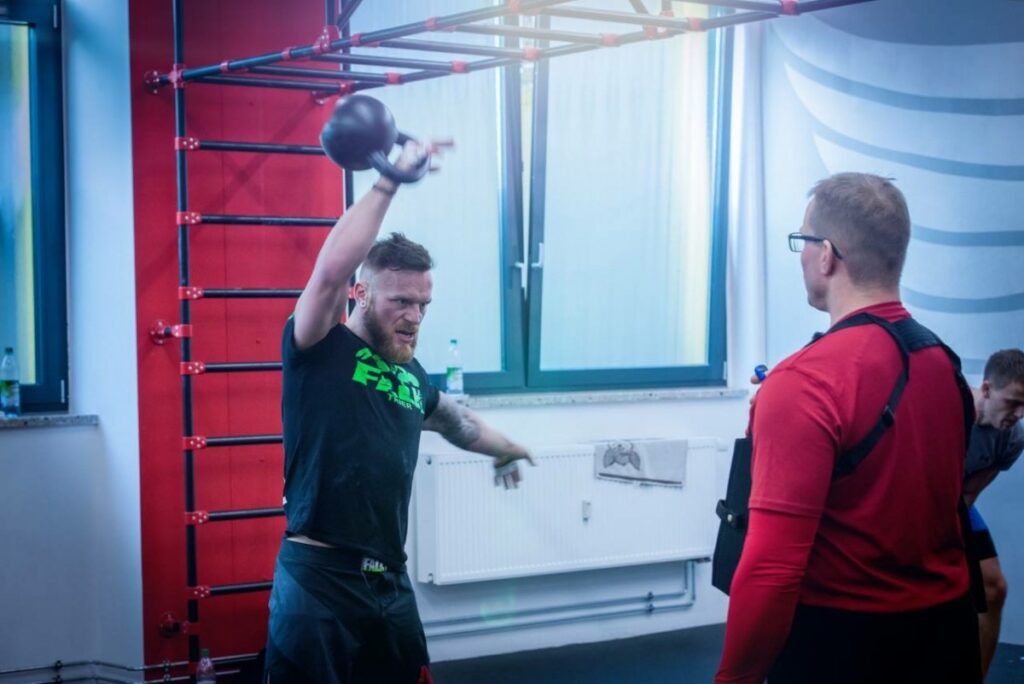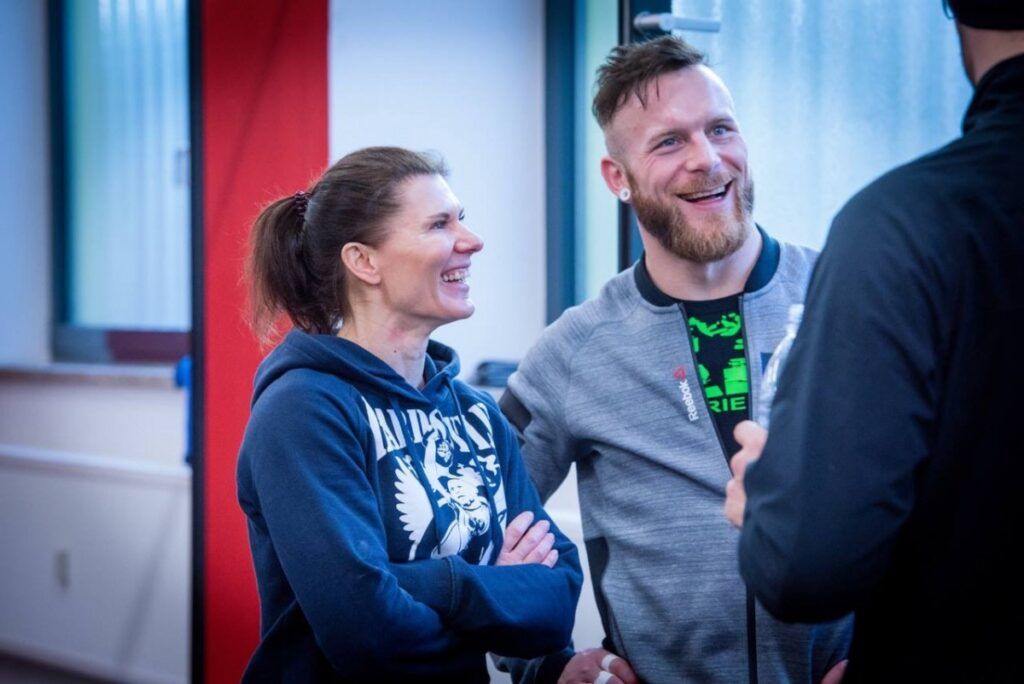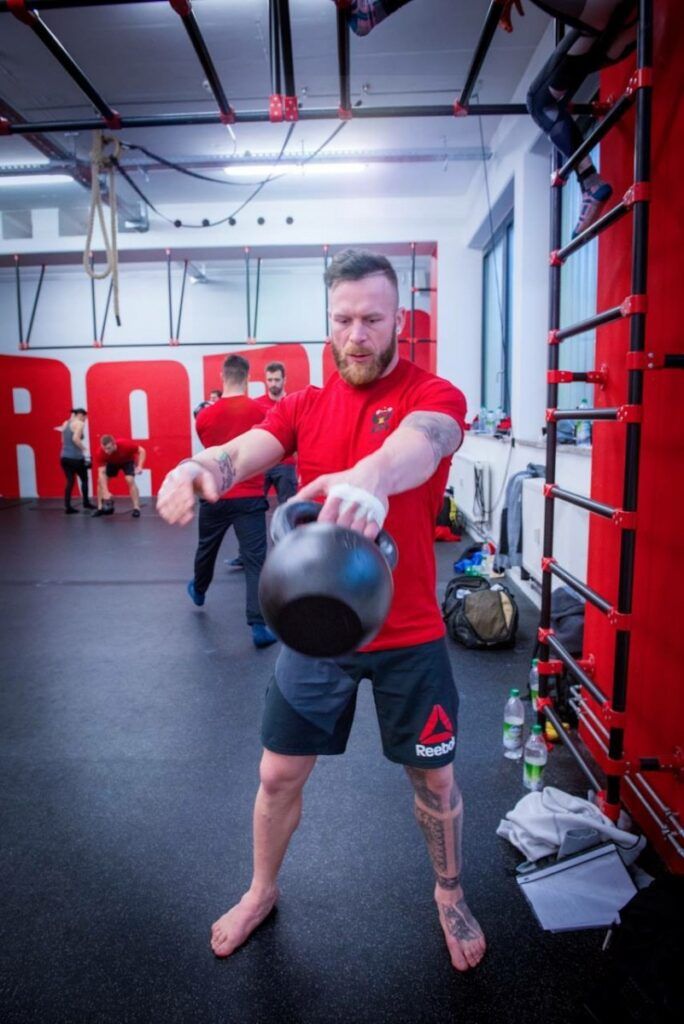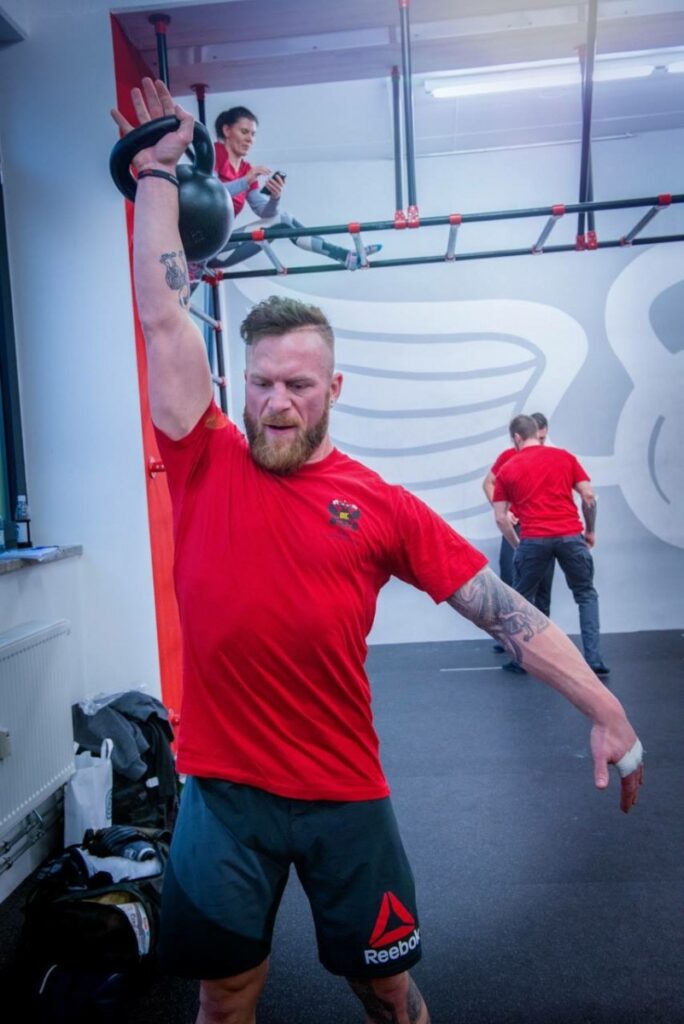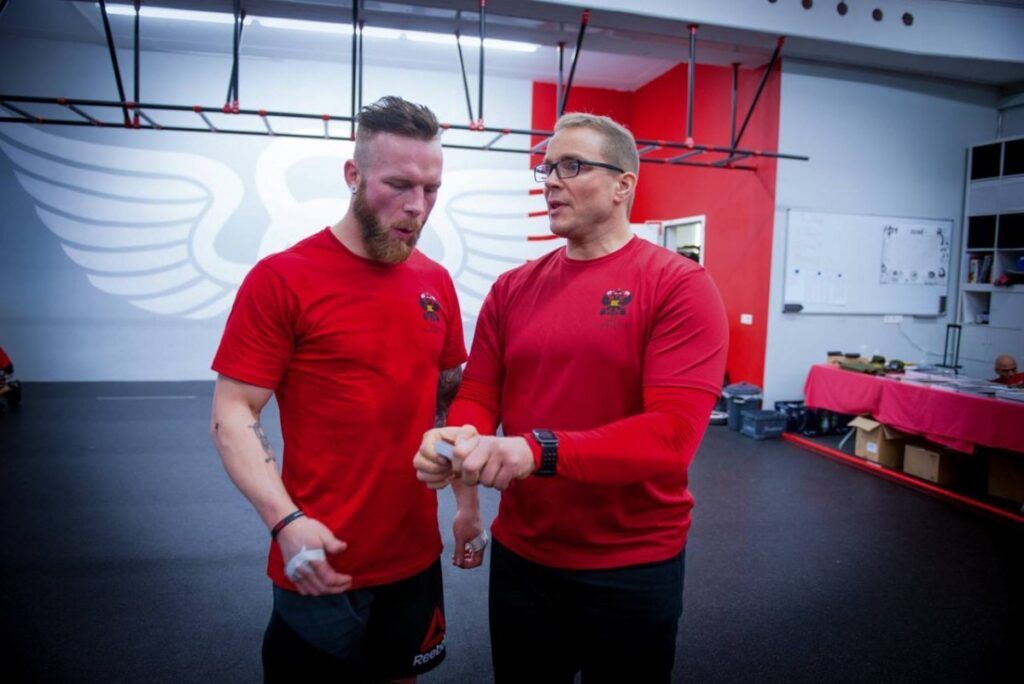For those unfamiliar with RKC: The RKC (Russian Kettlebell Challenge) is unique. It is a principle-based training system based on movement mechanics and functional strength development. In addition to the physical principles, it also teaches values such as discipline and professionalism. Once you have passed certification, you are one of the highest-ranking professionals in the international fitness industry - comparable to a black belt or 1st Dan in martial arts.
I have been training according to the principles of the RKC since 2014, originally with the aim of specifically increasing my strength for professional K1 and Thai boxing. Today I can say that it was one of my best decisions.
I had my first contact with kettlebells in a two-day course with Till Sukopp. There I got to know the basic techniques - albeit rather superficially, as I was to find out later. The true depth of hardstyle kettlebell training was only revealed to me by Andy Wiechmann, RKC Team Leader from Lübeck, whom I met in Thailand.
As an active kick and Thai boxing fighter, I regularly travel to Thailand for training and competitions. Andy became aware of me when he heard that I was going to fight at the Patong Boxing Stadium. Although we didn't know each other personally, he knew that I train at the Chorakee Gym in Trier, where his trainer colleague Stefan Reiter also works. After my fight, we got talking and Andy told me about the RKC. Months later, I accepted his invitation to Lübeck for a training weekend together: Kettlebell meets kickboxing.
There I learned about the principle of maximum body tension. It was a completely new experience for me. What I had previously known as “fitness kettlebell training” paled in comparison. From then on, I trained consistently according to the RKC principles, visited Andy regularly and honed my technique with his help. What sets RKC training apart: You work on a movement until it is biomechanically precise, powerful and efficient. At the same time, you are constantly learning - perfection is a process.
Although no classic muscle groups are trained in isolation, the RKC system makes the entire body strong, athletic and balanced. Every single technique is a full-body workout. Six months later, I completed my first official certification: the HKC (Hardstyle Kettlebell Certification) with Master RKC Robert Rimoczi.
A year later, I registered for the RKC certification in Munich. The preparation was a challenge, as I had only competed in a K1 fight three weeks earlier. There wasn't much time. A technique check with Pia Scherenberger (RKC Team Leader, Cologne) showed me the last potential for improvement. With a structured training plan from her, I was well prepared for the final two weeks.
Day 1 of the RKC certification
When we arrived at the Kraba in Munich, we started with the weigh-in. The weights required for the technique tests are based on your own body weight - similar to weight classes in boxing. After the push-up test, the content part began with the basics: movement quality and basic techniques such as deadlifts and squats in hardstyle. These form the basis for all further exercises such as one-hand swings, cleans, Turkish get-ups, presses, double front squats and snatches with 24 kg. Intensive workouts in between challenged us physically. The training day lasted from 8 am to 6 pm - with tons of iron being swung around the hall.
Day 2 - Snatch test
The infamous snatch test was on the agenda: 100 kettlebell snatches in 5 minutes with 24 kg. You only count if the ball is correctly stretched above your head. Three “no counts” or a drop of the ball meant immediate elimination. I chose the 10/10/breather system: ten repetitions on the left, ten on the right, then rest until the full minute. The last 30 snatches were hard, the skin on the balls of my hands chafed - but I managed it. I had never passed the test in training before. But just like in a fight, in the end it's victory that counts, not elegance. Not all participants passed the snatch test.
Day 3 - Technical test & conclusion
Tired but focused, we headed into the final day. The technical test was the final element. After three intensive days and weeks of hard preparation, every movement counted. A cross on the test report would have meant the end.
But I have it >> passed <<.
The RKC principles have taken my understanding of training, strength and movement to a new level. Anyone who has ever trained according to this system will feel the difference. Three days, 10 participants, several tons of iron - was that work or training?
I am RKC Instructor RKC Insructor!!!
I am proud of this success. As a fighter, I know that using body tension and relaxation in a targeted manner is the key to performance. Tension generates strength, relaxation allows speed and endurance.
When a boxer throws a punch, the body is as loose as a whip - but at the moment of impact, the entire musculoskeletal system tenses up. Mass x acceleration = force.
You can find more information about training after RKC here on my page <<
Enjoy your training!
Your Falk
